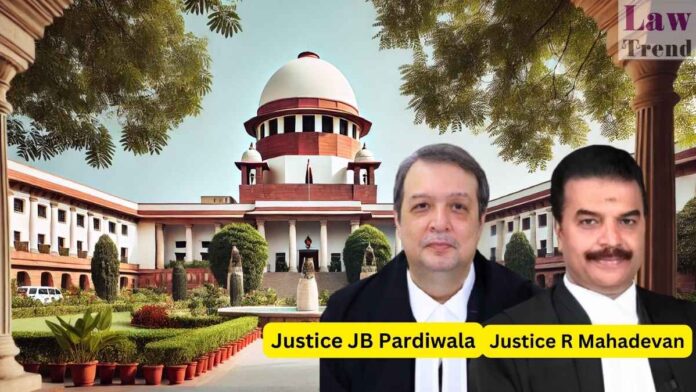The Supreme Court of India on Tuesday acquitted ten individuals convicted for a double murder that occurred during a land dispute in Bihar in 1988, citing a “tainted investigation” and “inextricably mixed up” evidence that failed to prove their guilt beyond a reasonable doubt. A bench of Justice J.B. Pardiwala and Justice R. Mahadevan overturned
To Read More Please Subscribe to VIP Membership for Unlimited Access to All the Articles, Download Available Copies of Judgments/Order, Acess to Central/State Bare Acts, Advertisement Free Content, Access to More than 4000 Legal Drafts( Readymade Editable Formats of Suits, Petitions, Writs, Legal Notices, Divorce Petitions, 138 Notices, Bail Applications etc.) in Hindi and English.







